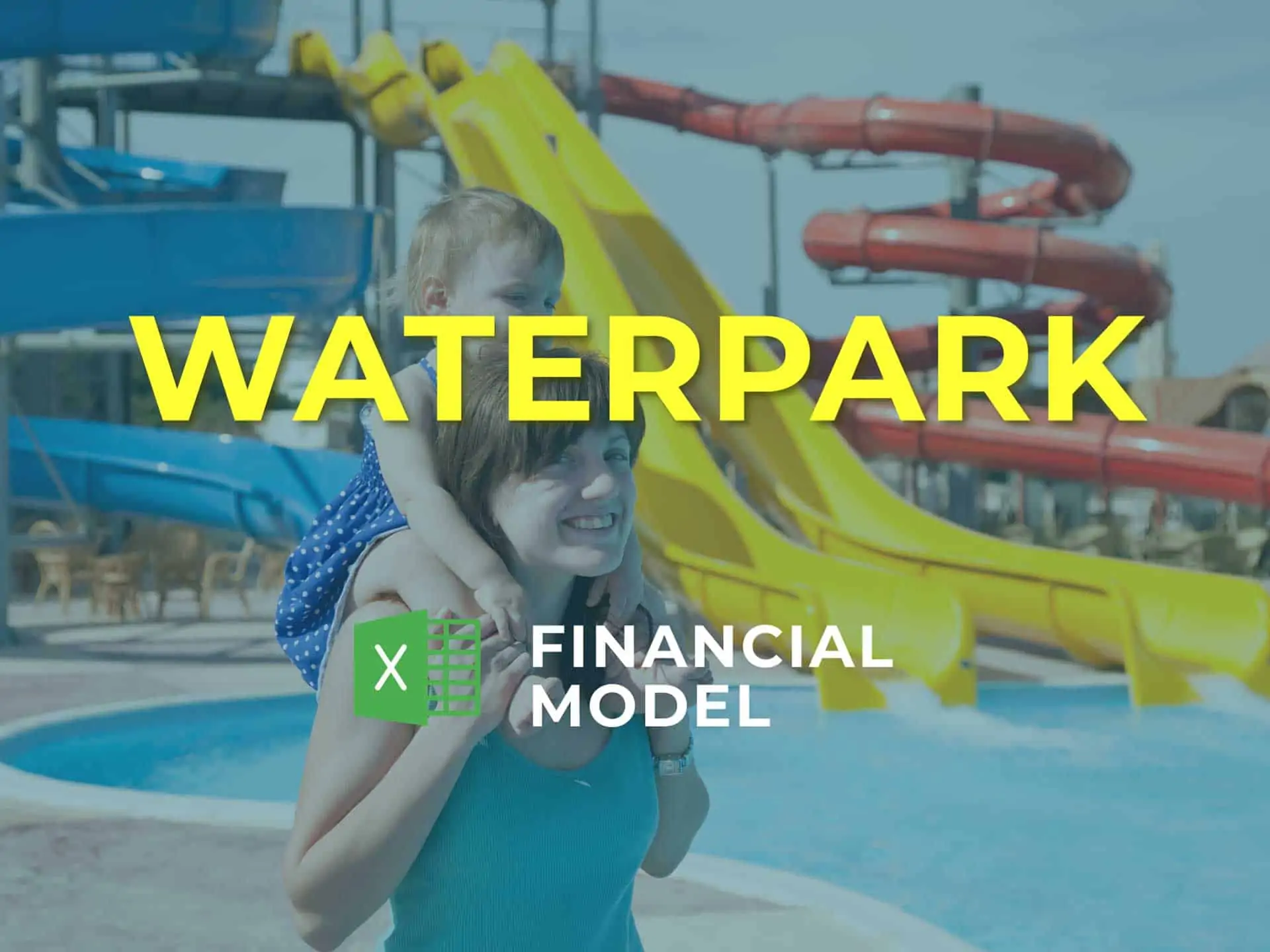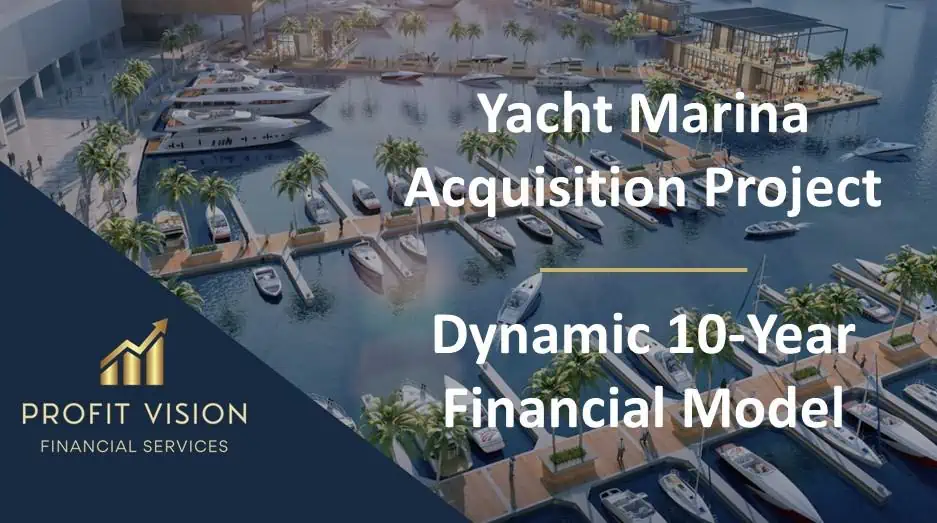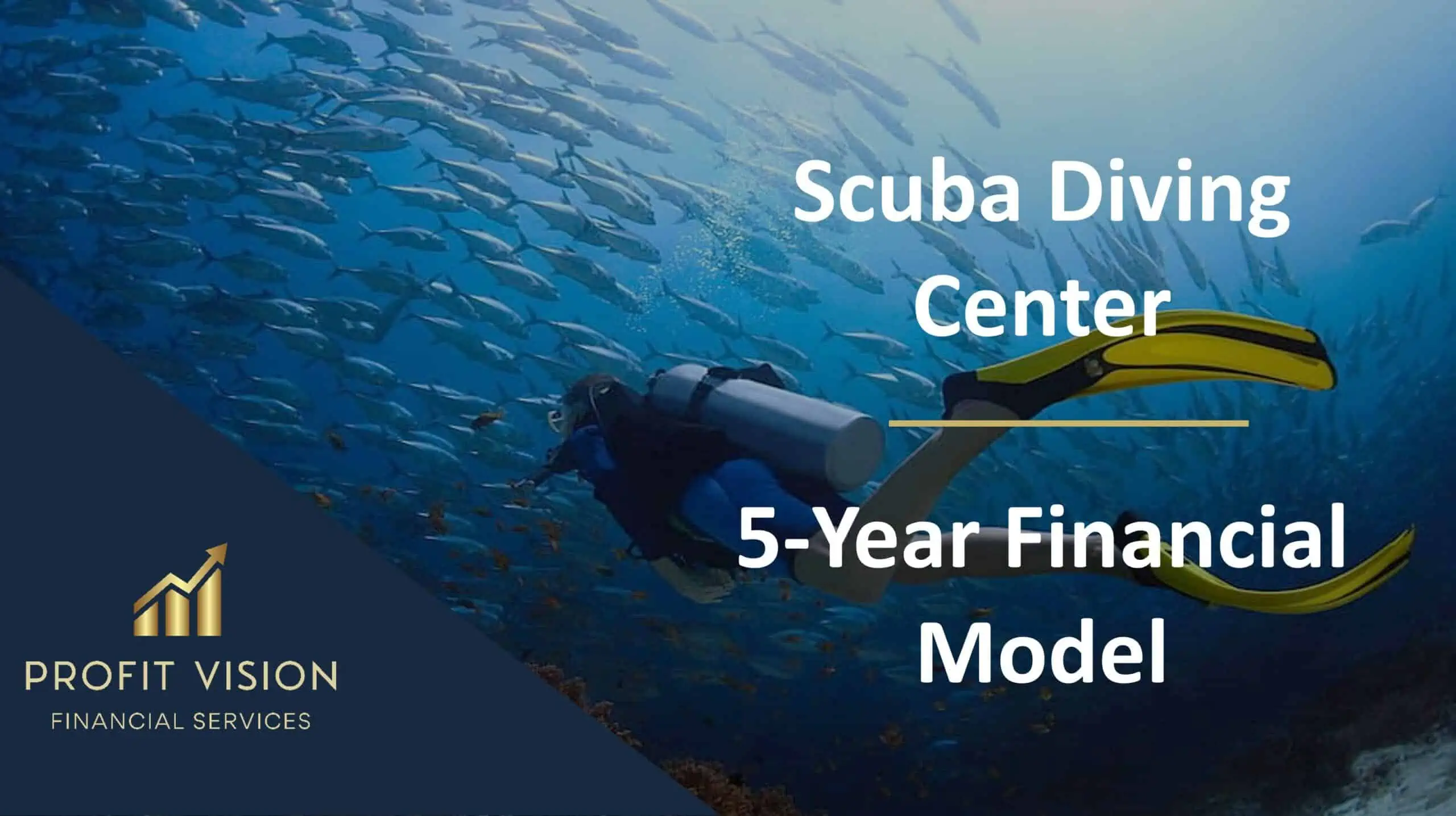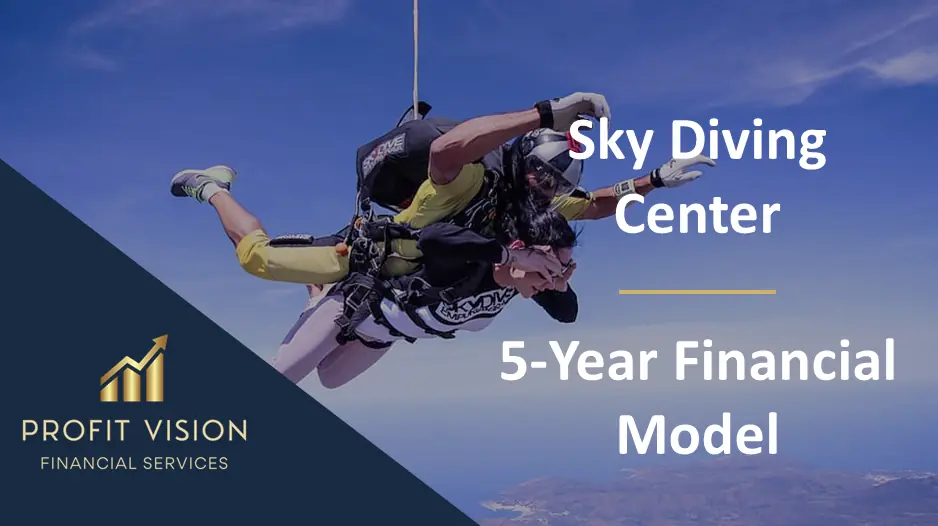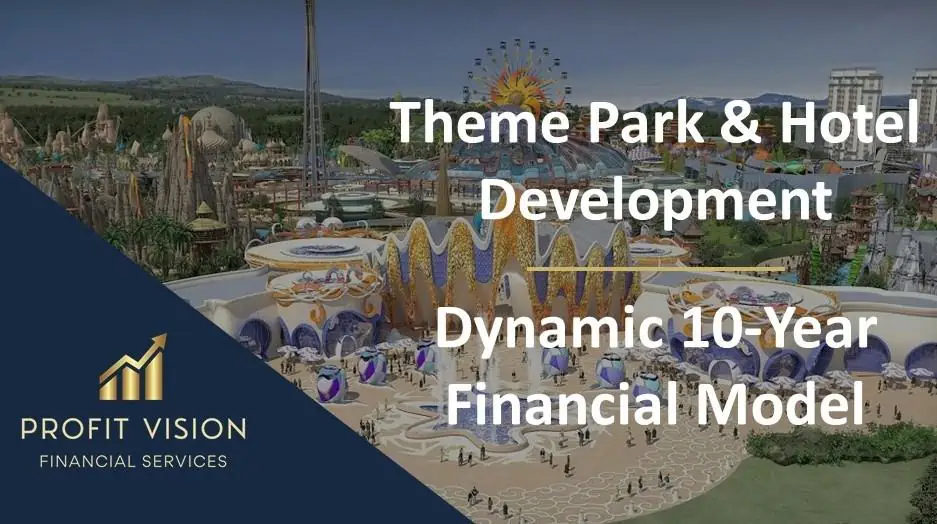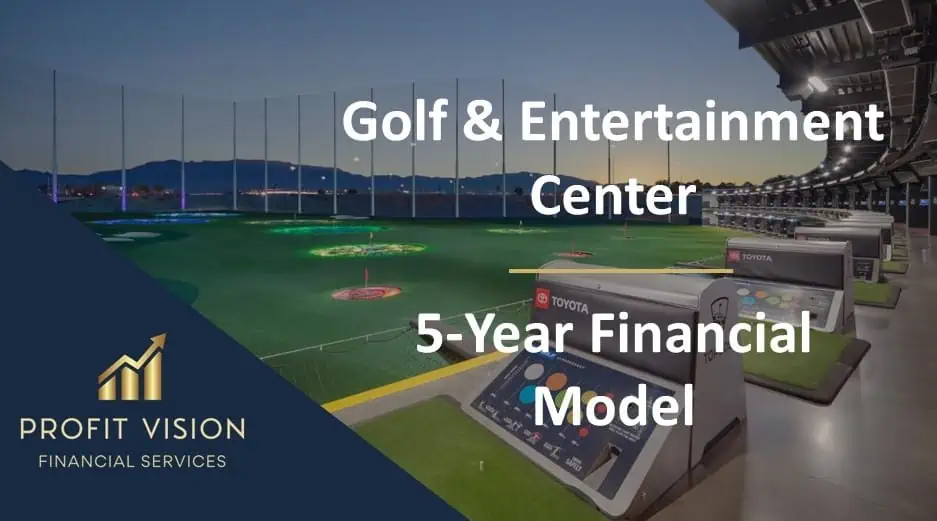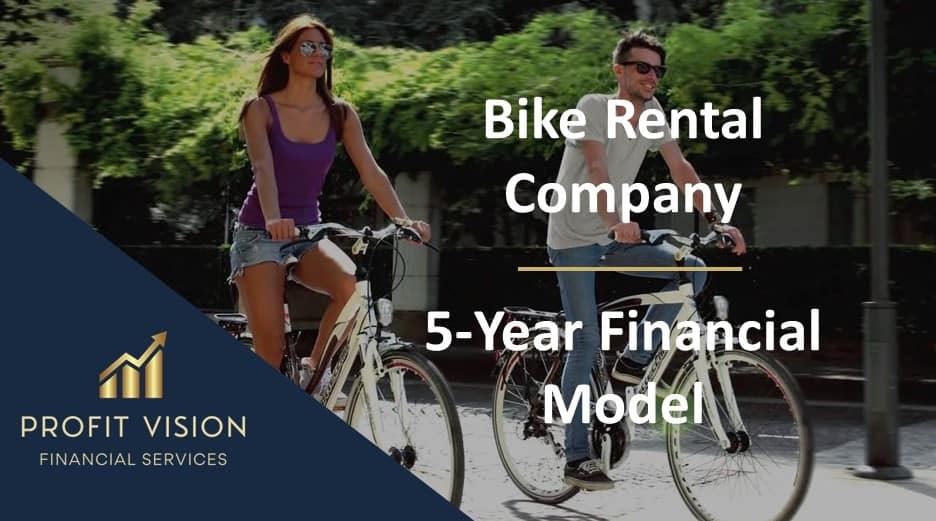Cruise Ship Financial Forecasting Template
Fully loaded financial model that can be used for up to a 10 year forecast. Includes financial statements and granular revenue and expense assumptions specific to the cruise / yacht tour business.
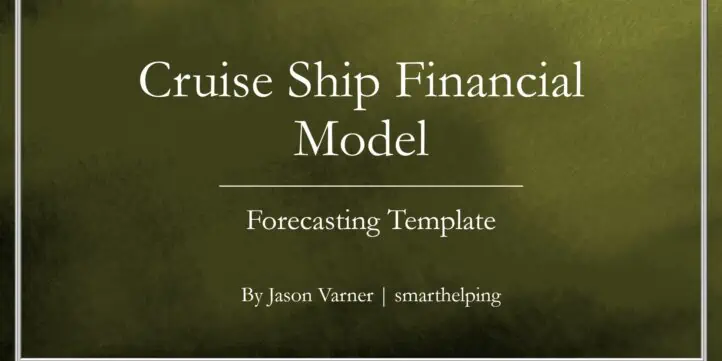
Video Overview:
Starting a cruise ship is heavy on the initial investment requirements. These things are enormous.
The cost of building a large cruise ship can vary widely depending on many factors, such as the size, amenities, and materials used. However, according to industry sources, the average cost to build a large cruise ship can range from around $500 million to over $1 billion.
For example, the construction cost of Royal Caribbean’s Symphony of the Seas, the largest cruise ship in the world as of 2021, was estimated to be around $1.35 billion. This ship measures 1,188 feet long, has a gross tonnage of 228,081, and can accommodate up to 6,680 passengers.
Other factors that can influence the cost of building a cruise ship include labor costs, technology and innovation, and regulatory compliance requirements. Additionally, the ongoing maintenance and operational costs of a large cruise ship can also be significant.
This financial model has logic to define a construction period (determine if each line item is financed or not and %), the costs per month (or the cost of acquisition of a ship being purchased that is already built), granular ticket revenue and onboard purchase assumptions that can be varied by month for 120 months, and detailed expense schedules for staff, outsourced labor, fuel, food, and margins on things like art auctions, spa, casino, land excursions, and more.
The main output reports display monthly and annual detailed cash flow forecasting that shows all the calculations to get to gross profit, EBITDA, debt service, and cash flow. I also connected a monthly and annual Income Statement, Balance Sheet, and Cash Flow Statement. Overall the model hits all basis that a premier financial model needs to have to produce usable financial forecasting reports and test the feasibilities of various key assumptions (ticket pricing, costs, seasonality, passenger counts, labor, fuel, and more).
I added an optional cash flow waterfall that uses basis IRR hurdles to show how a joint venture may want to be structured with two parties (operator / investor) and the resulting contributions / distributions as the investor achieves various IRR hurdles. There is also a more generic structure that shows a fixed percentage profit share and contribution rate with no hurdles. Monthly and annual views were built for each of these cash flow waterfalls as well as the final IRR, NPV, and resulting DCF Analysis.
I added visualizations primarily focused on revenue, operating profit, cash flow, and overall balance of Assets, Liabilities, and Owner’s Equity over time.
Similar Products
Other customers were also interested in...
Cruise Line Company – Dynamic 10 Year Financial ...
The essential productive activity of the tourism industry, particularly as the consumption of experi... Read more
Waterpark Business Plan Financial Model Excel Temp...
Shop Waterpark Budget Template. There's power in Cash Flow Projections and the insight they can prov... Read more
Yacht Marina Acquisition Financial Model
Financial model presenting an investment scenario of a Yacht Marina, from the acquisition of the pro... Read more
Scuba Diving Center – 5 Year Financial Model
Scuba diving affords an unparalleled experience with the underwater world. However, safe diving requ... Read more
Sky Diving Center – 5 Year Financial Model
Skydiving is the sport of jumping from an aircraft and performing acrobatic maneuvers in the air dur... Read more
Theme Park & Hotel Financial Model (Construct...
Financial model presenting a development scenario for a Theme Park & Hotel project including con... Read more
Golf & Entertainment Center – 5 Year Financi...
Financial Model providing an advanced 5-year financial plan for a startup or operating Golf & En... Read more
Bike Rental Company – 5 Year Financial Model
Financial Model providing an advanced 5-year financial plan for a startup or operating Bike Rental C... Read more
Water Park Financial Model – Dynamic 10 Year For...
Financial model presenting a business scenario for a Water Park, which is either purchased or leased... Read more
Indoor Golf Business Model
This template is a detailed and user-friendly financial model that takes into account the specifics ... Read more
You must log in to submit a review.























